You’ve likely heard of Serbia’s breathtaking landscapes and vibrant cities, but do you know the intriguing details behind the country’s allure?
It’s more than just the vibrant Belgrade nightlife or the serene Danube River. Consider the ancient mysteries of the Vinča Culture, or the fascinating natural oddity of Devil’s Town.
Have you ever tasted the robust flavors of Pljeskavica or sipped a traditional Rakija? Serbia’s beauty is an intricate puzzle, woven together by its rich history, unique biodiversity, and deeply-rooted traditions.
Intrigued?
Let’s peel back the layers together and explore what truly lies beneath Serbia’s stunning beauty.
Serbia’s Ancient Vinča Culture
Delving into Serbia’s history, you’ll discover the intriguing Ancient Vinča Culture, a civilization that thrived between 5400 and 4700 BC, renowned for its advanced societal structure and remarkable artifacts.
This Neolithic society’s lifestyle exploration reveals keen agricultural practices and impressive urban planning. You’ll be captivated by the Vinča symbols decipherment, an enigmatic script that’s yet to be fully understood, adding a layer of mystery to this fascinating culture.
The Vinča people’s craftsmanship is evidenced in their intricately designed pottery and figurines.
Visiting the archaeological sites, you’ll walk through the remnants of their homes, feeling the echo of a civilization that once flourished here.
The Vinča Culture is a reflection of Serbia’s rich and diverse history, a narrative etched in the very soil of the land.
The Mystery of Devil’s Town
Exploring your focus from the ancient past to the peculiar present, let’s investigate the enigma of Devil’s Town, a natural landmark in Serbia that’s steeped in mystery and folklore.
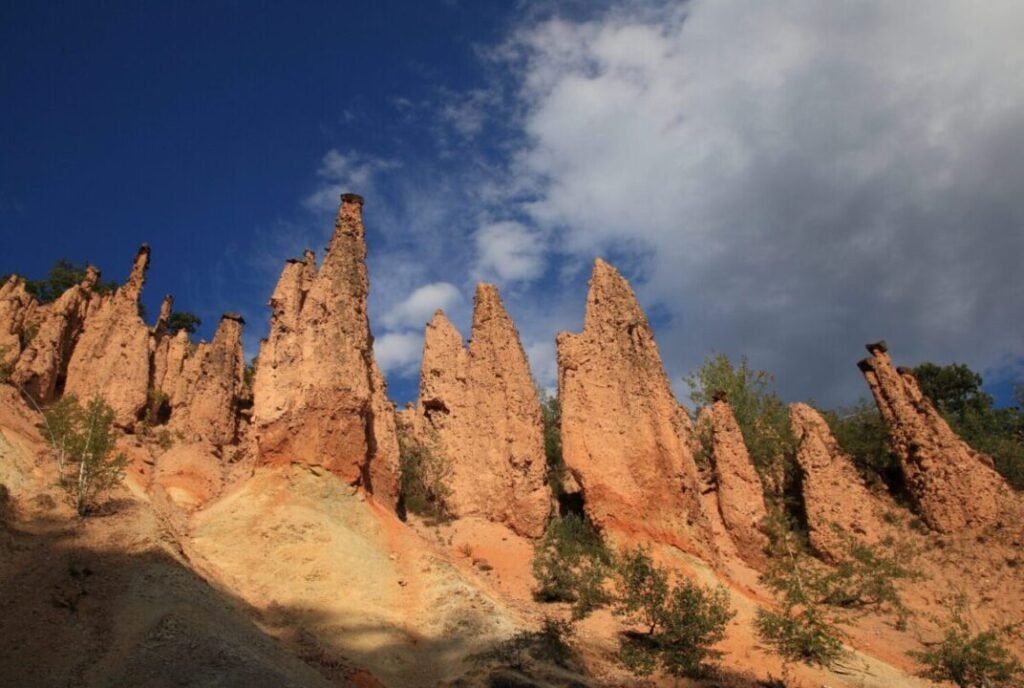
Nestled in the south, this intriguing spot is known for its unusual geological formations.
Over 200 soil figures, standing 2-15 meters tall, tower over the landscape, eerily capped with stone ‘hats’. Devil’s Town legends whisper tales of these being petrified wedding guests, cursed by a devilish spell.
The surrounding springs, dubbed ‘Devil’s Water’, are said to be unnaturally acidic.
Biologists and geologists alike marvel at this natural phenomenon, yet the explanations remain elusive.
This mystical nexus of nature and legend, Devil’s Town, captivates anyone who dares to explore its mystery.
Home of the World’s Largest Orthodox Church
In the heart of Serbia’s capital, Belgrade, stands the impressive Saint Sava Temple, recognized as the world’s largest Orthodox church.
It’s a stunning example of Orthodox architecture, boasting domes that reach for the heavens and intricately detailed mosaics.
You can’t miss its imposing stature, a testimony to the church’s influence in Serbian history and culture.
Step inside, and you’re enveloped by a spiritual ambiance that’s as grand as the structure itself. The echoes of liturgical chants, the scent of burning incense, and the soft glow of candlelight create a profound sense of tranquility.
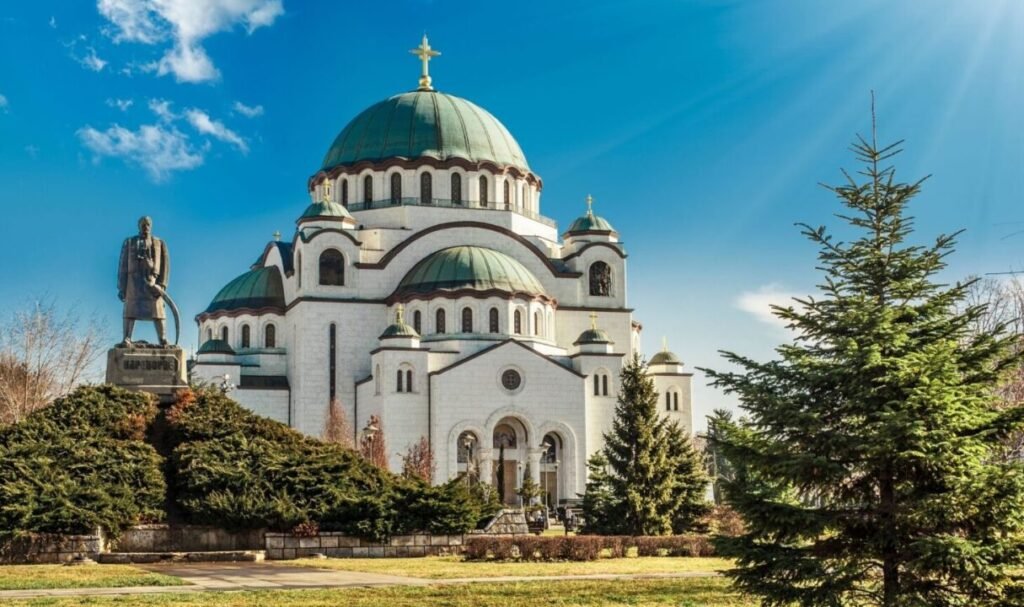
Here, you don’t just witness faith; you experience it. In Serbia, the Saint Sava Temple isn’t just a church. It’s a beacon of Orthodox faith, a monumental symbol of their resilience and devotion.
Serbia’s Unique and Resilient Flora
Just as the Saint Sava Temple stands resilient amid Belgrade’s bustling cityscape, so too does a host of unique flora thrive in Serbia’s diverse landscapes, an embodiment of the country’s own toughness and adaptability.
Serbia’s floral biodiversity is breathtaking. From the snow-touched peaks of the Dinaric Alps to the sun-drenched plains of Vojvodina, each region boasts a unique array of plant life. Out of the 3,500 plant species found here, nearly 400 are endemic species, found nowhere else on Earth.
The Pancic’s Primrose and Serbian Ramonda are two such resilient beauties, having survived the Ice Age. These blossoms don’t just add color to the landscape, they’re a reflection of Serbia’s enduring spirit.
The Delicious Secret of Serbian Cuisine
While you may be captivated by Serbia’s stunning landscapes and resilient flora, there’s another delightful secret that’s waiting to be savored – the country’s mouthwatering cuisine. Immerse yourself in the flavors of a traditional Pljeskavica, Serbia’s signature grilled dish. It’s a hefty, juicy patty, made from a blend of pork, beef, and lamb, char-grilled to perfection.

The delicious aroma wafts through the air, enticing you to indulge.
But what’s a meal without a drink? The art of Rakija distillation is a centuries-old tradition in Serbia.
This potent fruit brandy, often homemade, completes any Serbian feast. Every sip is a fiery tribute to the country’s rich culinary heritage.
In Serbia, food isn’t just sustenance, it’s a celebration of life’s simple pleasures.
Serbia’s Unusual Timekeeping Tradition
Stepping into the domain of time, you’ll find Serbia’s unique timekeeping tradition an intriguing divergence from the norm.
The sundial significance in this Balkan nation surpasses mere decorative value, playing a pivotal role in the local culture and the timekeeping evolution.
In Serbia, time is traditionally measured from sunset, instead of midnight.
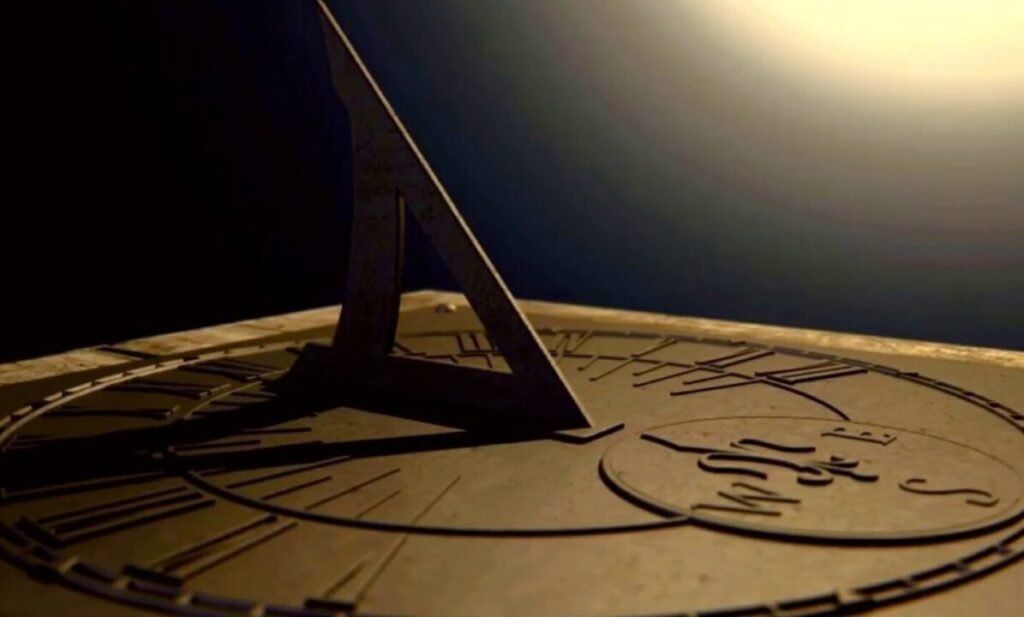
This unusual method, known as ‘Serbian time,’ is deeply rooted in the country’s Orthodox Christian traditions. Imagine a sundial, where the shadow cast not only tells time but also encapsulates centuries of cultural tradition.
It’s a living proof of Serbia’s rich past and resilience to modernity.
Despite the digital age, this tradition remains, especially in rural areas and monasteries.
Therefore, Serbia provides a stunning blend of the past, present, and potentially, a glimpse into the future of timekeeping.
The Hidden Tunnels of Petrovaradin Fortress
As you explore the arc of Serbia’s cultural history, you’ll discover the intriguing Petrovaradin Fortress, a monumental structure with a labyrinth of hidden tunnels waiting for your investigation.
This fortress, steeped in centuries of history, is a showcase of unique tunnel architecture. It’s a network of over 16 kilometers of underground passages, structured on four levels.
The tunnels served as a strategic defense system, ensuring the fortress’s invincibility.
Winding through the darkness, you’ll marvel at the engineering prowess of the past, each turn revealing another piece of fortress history.
Be prepared to encounter the unexpected, as these tunnels are shrouded in legends and mysteries.
So, go ahead, explore Serbia’s underground secret, and unravel a piece of history that’s as intriguing as it’s enigmatic.
The Danube River’s Iron Gates
Venturing further into Serbia’s natural splendor, you’ll find the Danube River’s Iron Gates, a grand series of gorges that stretch over 130 kilometers, showcasing the country’s breathtaking landscape in all its glory.
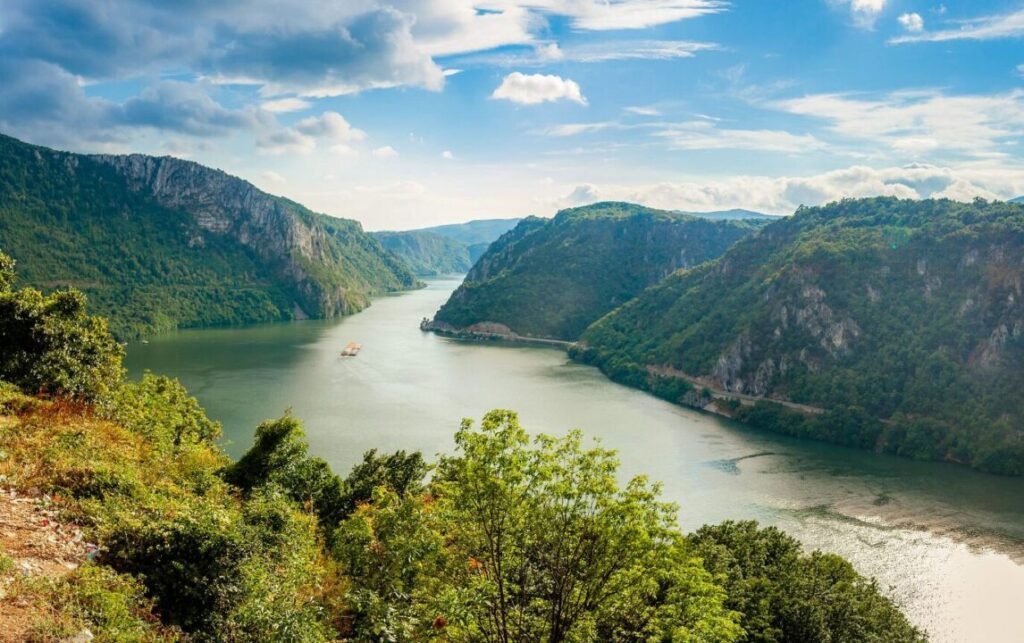
It’s not just a visual spectacle, but also a hub for hydroelectric power, with the Iron Gates Hydroelectricity plant harnessing the river’s might to generate electricity.
However, the striking beauty of this natural wonder isn’t without its challenges.
Sailing through the river is a feat in itself, with the waterway’s strong currents and narrow passages presenting a tough test for even the most seasoned sailors.
But despite the river navigation challenges, the Iron Gates stand as a proof of Serbia’s inherent beauty and potential for renewable energy.
The Unexplored Depths of Resava Cave
Beyond the roaring currents of the Danube River, there’s another natural wonder waiting for your exploration – the Resava Cave.
Hidden beneath the limestone hills of eastern Serbia, this geological wonder reveals a mesmerizing display of stalactites, stalagmites, and columns formed over millions of years.
But it’s not just about the formations.
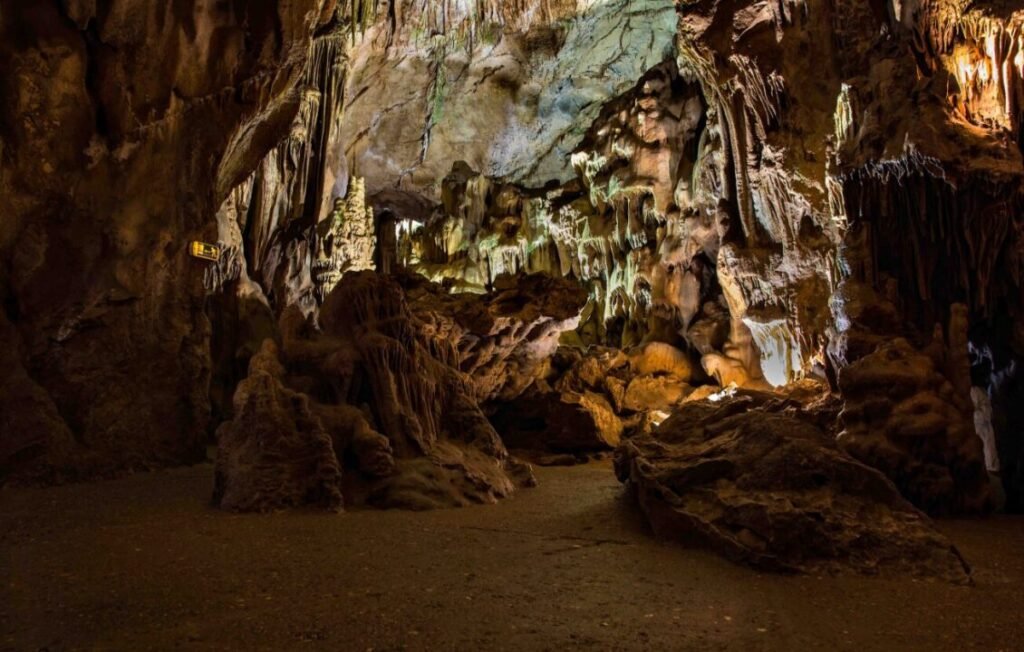
The cave biodiversity here is truly unique. It’s home to a variety of endemic species, thriving in the darkness. From the rare bats to peculiar insects, you’ll encounter a whole different world.
Don’t forget the underground rivers and lakes, glinting in the faint light, adding to the cave’s surreal beauty.
So, put on your spelunking gear and explore the unexplored depths of Resava Cave, a true Serbian gem.
Serbia’s Remarkable Fossil Record
While you’re marveling at the natural wonders of Serbia, don’t overlook the country’s remarkable fossil record, a veritable time capsule that offers intriguing insights into prehistoric life.
Serbia’s fossil preservation techniques have been crucial in safeguarding these ancient treasures, revealing an astounding prehistoric biodiversity.
You’d be amazed to find fossils of marine creatures, plants, and even dinosaurs, providing a glimpse into what this region looked like millions of years ago.
As you wander through Serbia’s museums and scientific institutions, you’ll encounter well-preserved specimens that have been meticulously conserved for generations.

In Summary
So, we explored together the fascinating depths of Serbia, from the enigmatic Vinča Culture to the enticing cuisine.
You’ve navigated the Petrovaradin Fortress tunnels, marvelled at the Saint Sava Temple, and gazed upon the unique flora.
And there’s still so much more to discover.Serbia’s beauty is layered, resilient, and steeped in rich history.
It’s not just a country, it’s a mesmerizing world of natural wonders, historical treasures, and culinary delights waiting to be uncovered.
